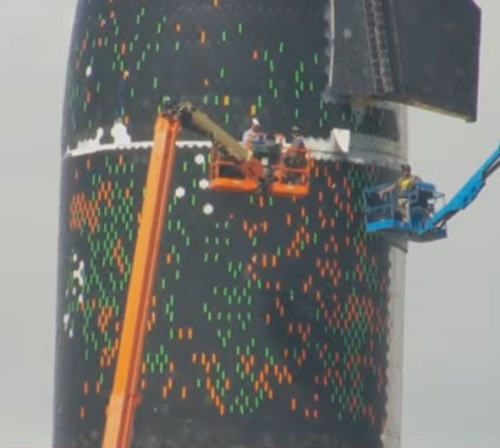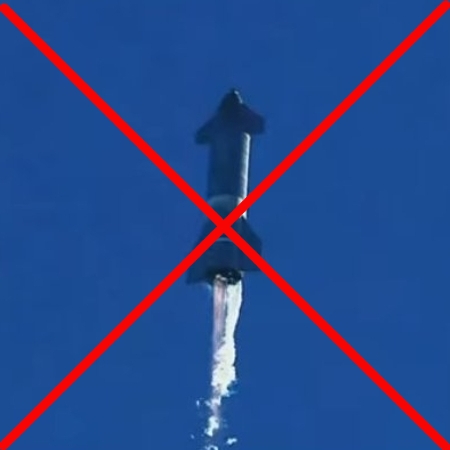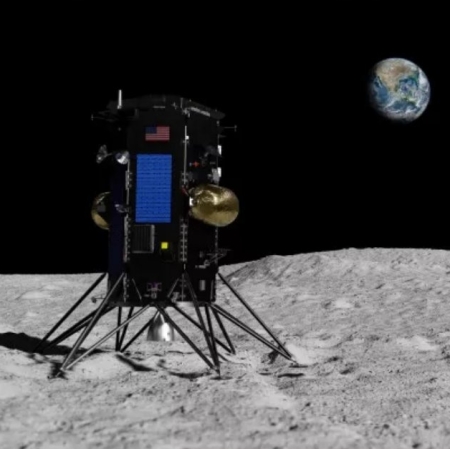Boeing to buy part of Virgin Orbit for $3.2 billion
Capitalism in space: In a stock market merger/investment deal, Boeing is going to buy a part ownership in Virgin Orbit for $3.2 billion, with the deal to close by the end of the year.
After the deal completes, Branson’s Virgin group will hold about 68 per cent of Virgin Orbit. Abu Dhabi’s sovereign wealth fund, Mubadala Investment Company, is an existing investor in Virgin Orbit and will have about 17 per cent, while the Pipe and other private investors will hold about 15 per cent of the group. Boeing’s share was not disclosed.
My first thought was that Boeing wanted to get into a space company that was doing things better than anything Boeing was trying. And considering that Virgin Orbit a Richard Branson space company, albeit one with some real success, that indicates how badly everything else is at Boeing
My second thought was: Where is Boeing getting the cash? My impression is that because of its various problems with the 737-Max, it has sold almost no planes in the past two years, and has even had to refund money from many purchasers. Its cash flow with Starliner is nil until they fly it. SLS has brought them money as the contract is cost-plus, but hardly enough to pay for this deal.
My third thought was that this deal indicates the continuing cash problems at Branson’s Virgin Group. The Wuhan panic cut airline traffic significantly. It appears Branson is still digging for cash to bail out these operations.
Capitalism in space: In a stock market merger/investment deal, Boeing is going to buy a part ownership in Virgin Orbit for $3.2 billion, with the deal to close by the end of the year.
After the deal completes, Branson’s Virgin group will hold about 68 per cent of Virgin Orbit. Abu Dhabi’s sovereign wealth fund, Mubadala Investment Company, is an existing investor in Virgin Orbit and will have about 17 per cent, while the Pipe and other private investors will hold about 15 per cent of the group. Boeing’s share was not disclosed.
My first thought was that Boeing wanted to get into a space company that was doing things better than anything Boeing was trying. And considering that Virgin Orbit a Richard Branson space company, albeit one with some real success, that indicates how badly everything else is at Boeing
My second thought was: Where is Boeing getting the cash? My impression is that because of its various problems with the 737-Max, it has sold almost no planes in the past two years, and has even had to refund money from many purchasers. Its cash flow with Starliner is nil until they fly it. SLS has brought them money as the contract is cost-plus, but hardly enough to pay for this deal.
My third thought was that this deal indicates the continuing cash problems at Branson’s Virgin Group. The Wuhan panic cut airline traffic significantly. It appears Branson is still digging for cash to bail out these operations.




